Home>Garden Essentials>How Many Acres Of Public Greenery Are There In The US
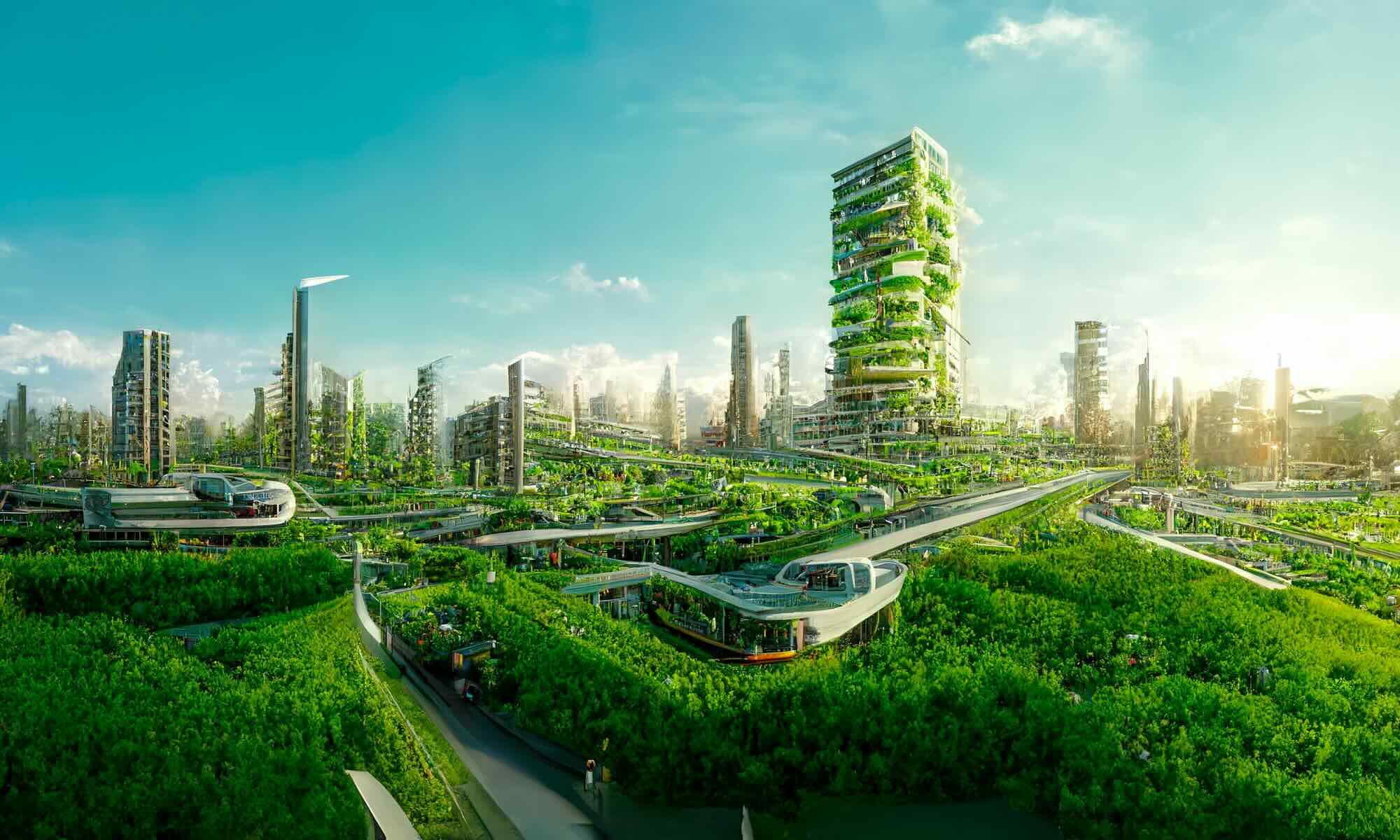

Garden Essentials
How Many Acres Of Public Greenery Are There In The US
Modified: December 12, 2023
Discover the vast expanse of public greenery in the US. Explore the diverse gardens and natural landscapes across the country.
(Many of the links in this article redirect to a specific reviewed product. Your purchase of these products through affiliate links helps to generate commission for Storables.com, at no extra cost. Learn more)
Introduction
Introduction
Public greenery, encompassing parks, gardens, and natural reserves, plays an integral role in enhancing the quality of life for communities across the United States. These verdant spaces offer a sanctuary from the hustle and bustle of urban life, providing a breath of fresh air and a connection to nature. As the concrete jungle expands, the significance of public greenery in urban planning and environmental sustainability cannot be overstated. In this article, we will delve into the abundance of public greenery in the US, exploring its diverse forms, ecological benefits, and the challenges it faces. Join us on a journey through the lush landscapes that enrich the American experience.
Definition of Public Greenery
Key Takeaways:
- Public greenery in the US, including parks and gardens, provides vital benefits like clean air, wildlife habitats, and spaces for relaxation and community gatherings.
- Challenges like urbanization and climate change threaten public greenery, but conservation efforts and community involvement can help protect and expand these valuable green spaces.
Definition of Public Greenery
Public greenery encompasses a wide array of natural and landscaped spaces that are accessible to the general public. These areas are intentionally preserved, developed, or restored to promote environmental sustainability, community well-being, and recreational activities. The term “public greenery” is inclusive of various settings, ranging from expansive national parks to neighborhood playgrounds and botanical gardens.
Public greenery includes:
- Public Parks: These are designated areas within urban or suburban settings that are specifically designed for recreational and leisure activities. They often feature playgrounds, walking paths, picnic areas, and sports facilities, catering to individuals and families seeking outdoor enjoyment.
- Botanical Gardens: These curated spaces showcase a diverse collection of plant species, often organized by geographic regions or ecological themes. Botanical gardens serve as educational resources, highlighting the importance of biodiversity and horticultural practices.
- Nature Reserves: These protected areas are established to conserve ecosystems, wildlife habitats, and natural landscapes. Nature reserves contribute to biodiversity conservation and provide opportunities for ecological research and nature-based tourism.
- Community Gardens: These communal spaces allow local residents to cultivate fruits, vegetables, and ornamental plants, fostering a sense of community engagement and promoting sustainable urban agriculture.
- Green Belts: These linear corridors of vegetation and open space are strategically integrated into urban planning to mitigate the impacts of urbanization, such as air and noise pollution, while enhancing the aesthetic appeal of the surroundings.
Public greenery serves as a vital component of urban infrastructure, contributing to the ecological resilience of cities and offering a reprieve from the built environment. By defining and preserving these green spaces, communities can reap the numerous benefits associated with a harmonious coexistence with nature.
Importance of Public Greenery
Public greenery holds immense significance in enriching the social, environmental, and physical fabric of communities across the United States. The multifaceted importance of these green spaces extends beyond aesthetic appeal, encompassing ecological sustainability, public health, and community cohesion.
Environmental Benefits:
Public greenery serves as a vital contributor to environmental health by mitigating the impacts of urbanization. Trees and vegetation within these spaces play a crucial role in reducing air pollution, sequestering carbon dioxide, and regulating local microclimates. Furthermore, green areas provide essential habitats for diverse flora and fauna, contributing to the preservation of biodiversity within urban and suburban landscapes.
Public Health and Well-being:
Access to public greenery is intrinsically linked to improved physical and mental well-being. These spaces offer opportunities for outdoor recreation, exercise, and relaxation, promoting active lifestyles and reducing stress levels. Additionally, exposure to natural settings has been associated with enhanced cognitive function and overall psychological resilience, making public greenery instrumental in fostering healthier and happier communities.
Social Cohesion and Community Engagement:
Public greenery serves as a unifying force, bringing together individuals from diverse backgrounds to partake in communal activities and events. Parks and gardens provide spaces for social interaction, cultural gatherings, and civic engagement, strengthening the social fabric of neighborhoods and fostering a sense of belonging among residents.
Educational and Cultural Significance:
Many public green spaces are curated to showcase unique botanical collections, historical landmarks, and artistic installations, offering educational opportunities and promoting cultural appreciation. These environments serve as living classrooms, inspiring curiosity and environmental stewardship among visitors of all ages.
Urban Resilience and Climate Adaptation:
Public greenery contributes to the resilience of urban areas by mitigating the impacts of extreme weather events, such as flooding and heatwaves. Green infrastructure, including urban forests and green corridors, helps regulate stormwater, reduce the urban heat island effect, and enhance the overall adaptability of cities to climate change challenges.
As stewards of the environment and advocates for community well-being, the preservation and expansion of public greenery are essential endeavors that yield far-reaching benefits for present and future generations. Recognizing the pivotal role of these green spaces is crucial in shaping sustainable and inclusive urban environments.
Types of Public Greenery
Public greenery encompasses a diverse array of natural and cultivated landscapes, each offering unique experiences and ecological attributes. From expansive national parks to intimate community gardens, these varied environments cater to a wide range of recreational, educational, and conservation needs.
National Parks and Wilderness Areas:
National parks represent some of the most iconic and ecologically significant public green spaces in the United States. These vast expanses of protected wilderness, such as Yellowstone and Yosemite, showcase diverse ecosystems, geological wonders, and abundant wildlife. Visitors have the opportunity to engage in activities ranging from hiking and camping to wildlife observation, immersing themselves in the awe-inspiring beauty of these natural treasures.
Urban Parks and Recreation Areas:
Within urban and suburban settings, public parks and recreation areas provide accessible green oases for local residents and visitors. These spaces often feature playgrounds, sports facilities, walking trails, and community event venues, catering to the diverse recreational needs of individuals and families. Urban parks contribute to the vitality of cities, offering respite from the urban hustle and serving as focal points for cultural and social gatherings.
Botanical Gardens and Arboretums:
Botanical gardens and arboretums are curated spaces that showcase an extensive array of plant species, often organized by geographic regions, ecological themes, or horticultural collections. These living museums provide educational opportunities for visitors to learn about plant diversity, conservation, and sustainable gardening practices. Additionally, they serve as venues for cultural events, art exhibitions, and botanical research initiatives.
Community Gardens and Urban Farms:
Community gardens and urban farms play a vital role in promoting local food production, community engagement, and sustainable agriculture. These shared spaces allow individuals and groups to cultivate fruits, vegetables, and ornamental plants, fostering a sense of stewardship and camaraderie among participants. Community gardens also serve as platforms for educational workshops, seed exchanges, and neighborhood beautification efforts.
Greenways and Nature Trails:
Greenways and nature trails encompass linear corridors of greenery that connect urban, suburban, and rural landscapes, providing opportunities for recreational walking, cycling, and wildlife observation. These interconnected pathways contribute to the preservation of natural habitats and the promotion of non-motorized transportation, offering safe and scenic routes for outdoor enthusiasts and nature lovers.
By embracing the diversity of public greenery, communities can foster a deeper appreciation for nature, promote ecological awareness, and create inclusive spaces for recreational and educational pursuits. These varied environments collectively contribute to the well-being and sustainability of the nation’s landscapes.
The US has over 800 million acres of public greenery, including national parks, forests, and wildlife refuges.
Distribution of Public Greenery in the US
The distribution of public greenery across the United States reflects a rich tapestry of natural landscapes, urban parks, and community-centric green spaces. From the majestic national parks of the western states to the intricate network of urban gardens in densely populated cities, the presence of public greenery is a testament to the nation’s commitment to environmental stewardship and public access to nature.
National and State Parks:
The US is home to an extensive network of national and state parks, each offering a distinct blend of natural wonders and recreational opportunities. From the rugged terrain of the Grand Canyon in Arizona to the lush forests of Acadia in Maine, these protected areas span diverse ecosystems and geographical regions, attracting millions of visitors annually. State parks, complementing their national counterparts, showcase regional biodiversity and cultural heritage, providing accessible outdoor experiences for local communities.
Urban Green Spaces:
Across major metropolitan areas and suburban neighborhoods, urban green spaces, including parks, botanical gardens, and greenways, contribute to the livability and ecological resilience of cities. Cities such as New York, San Francisco, and Chicago boast iconic urban parks, such as Central Park and Golden Gate Park, serving as green lungs within bustling urban landscapes. These green spaces offer recreational amenities, cultural events, and natural retreats, enhancing the quality of urban life for residents and visitors alike.
Community Gardens and Public Plazas:
Community gardens and public plazas play a crucial role in fostering community engagement and sustainable urban development. These localized green spaces, often integrated into residential neighborhoods and civic districts, provide opportunities for social interaction, urban agriculture, and cultural programming. Community gardens empower residents to actively participate in food production and environmental stewardship, promoting a sense of ownership and environmental consciousness within urban settings.
Rural and Suburban Reserves:
In rural and suburban regions, public greenery encompasses a spectrum of natural reserves, wildlife refuges, and recreational areas. These landscapes offer opportunities for outdoor recreation, wildlife observation, and environmental education, contributing to the preservation of rural heritage and ecological diversity. Additionally, green corridors and agricultural landscapes serve as vital components of the rural infrastructure, promoting sustainable land use practices and scenic beauty.
The distribution of public greenery in the US reflects a commitment to preserving natural heritage, fostering community well-being, and promoting environmental sustainability. By embracing a diverse array of green spaces, the nation continues to cultivate a harmonious relationship between people and nature, ensuring that access to public greenery remains a cornerstone of American life.
Read more: How Many Construction Sites In The US
Challenges and Threats to Public Greenery
Despite their ecological and societal significance, public green spaces in the US face a myriad of challenges and threats that jeopardize their sustainability and accessibility. These challenges stem from urbanization pressures, environmental degradation, and socioeconomic disparities, posing significant obstacles to the preservation and expansion of public greenery.
Urban Development Pressures:
Rapid urbanization and land development pose a considerable threat to public greenery, particularly in densely populated urban areas. As cities expand to accommodate growing populations and infrastructure demands, green spaces often face the risk of fragmentation, encroachment, and reduced accessibility. The conversion of natural habitats and recreational areas for commercial and residential development undermines the ecological integrity of public greenery, limiting their capacity to provide essential ecosystem services and recreational opportunities.
Environmental Degradation and Climate Change:
Public greenery is vulnerable to the impacts of environmental degradation, including habitat loss, invasive species, and climate-related stressors. Urban green spaces, in particular, are susceptible to heat stress, air and water pollution, and extreme weather events, which can compromise the health of vegetation and wildlife. Climate change further exacerbates these challenges, leading to shifts in plant and animal populations, altered precipitation patterns, and increased vulnerability to natural disasters, posing significant threats to the resilience of public greenery.
Equity and Access Disparities:
Unequal distribution and access to public greenery perpetuate social and health disparities within communities. Low-income neighborhoods and marginalized populations often experience limited access to quality green spaces, leading to inequitable exposure to environmental benefits and recreational amenities. Addressing these disparities requires proactive measures to ensure that all communities have equitable access to public greenery, fostering inclusive and healthy environments for diverse populations.
Resource Limitations and Management:
The sustainable management and maintenance of public greenery require adequate resources and expertise, which may be constrained by budgetary limitations and competing priorities. Insufficient funding for park maintenance, conservation efforts, and public engagement initiatives can compromise the long-term viability of green spaces, leading to deteriorating infrastructure, reduced biodiversity, and diminished visitor experiences. Effective management strategies and collaborative partnerships are essential to address these resource constraints and sustain the ecological and social value of public greenery.
Addressing these multifaceted challenges and threats to public greenery demands coordinated efforts from policymakers, communities, and environmental advocates. By recognizing and mitigating these obstacles, the nation can safeguard the vitality and accessibility of public green spaces, ensuring their enduring contribution to environmental sustainability and community well-being.
Conservation and Preservation Efforts
The conservation and preservation of public greenery in the United States are propelled by a collective commitment to safeguarding natural heritage, promoting environmental stewardship, and fostering inclusive access to green spaces. These efforts encompass a range of initiatives, policies, and community-driven actions aimed at protecting and enhancing the ecological, recreational, and cultural value of public greenery.
Protected Area Designations:
The establishment of national parks, wildlife refuges, and protected landscapes under federal and state jurisdictions forms the cornerstone of conservation efforts. These designations provide legal frameworks for preserving critical habitats, safeguarding biodiversity, and offering recreational opportunities while ensuring the long-term ecological integrity of these natural treasures. Additionally, conservation easements and land trusts facilitate private land conservation, further expanding the network of protected green spaces across the country.
Green Infrastructure Planning:
Urban and regional planning initiatives integrate green infrastructure, such as greenways, urban forests, and stormwater management systems, into development frameworks to enhance the resilience and sustainability of communities. Green infrastructure planning prioritizes the preservation of natural systems, mitigates urban heat islands, and improves air and water quality, contributing to the health and well-being of urban residents while promoting ecological connectivity within built environments.
Community-Led Conservation Projects:
Community engagement and grassroots conservation efforts play a pivotal role in nurturing a sense of ownership and responsibility for public greenery. Citizen science programs, volunteer stewardship activities, and advocacy campaigns empower local residents to actively participate in the preservation and restoration of green spaces. These initiatives foster a deeper connection to nature, promote environmental education, and strengthen social cohesion, cultivating a shared commitment to the long-term sustainability of public greenery.
Sustainable Land Management Practices:
The adoption of sustainable land management practices, including habitat restoration, invasive species control, and sustainable agriculture, contributes to the ecological health of public greenery. By prioritizing ecosystem resilience and biodiversity conservation, these practices enhance the adaptive capacity of green spaces to environmental stressors, ensuring their continued capacity to provide essential ecological services and recreational opportunities.
Equitable Access and Inclusion:
Promoting equitable access to public greenery and fostering inclusive recreational opportunities are central tenets of conservation and preservation efforts. Initiatives aimed at addressing access disparities, enhancing cultural diversity within green spaces, and accommodating the needs of underserved communities contribute to creating welcoming and inclusive environments for all individuals, irrespective of socioeconomic status or background.
By embracing a multifaceted approach that integrates legislative protections, community engagement, and sustainable management practices, the conservation and preservation of public greenery in the US can thrive, ensuring that these vital green spaces continue to enrich the nation’s landscapes and communities for generations to come.
Conclusion
Public greenery stands as a testament to the intrinsic connection between nature and human well-being, offering a myriad of ecological, social, and cultural benefits that enrich the fabric of American communities. From the majestic expanses of national parks to the intimate charm of urban gardens, these verdant spaces serve as vital sanctuaries, educational resources, and recreational havens, fostering a harmonious coexistence between people and the natural world.
As communities grapple with the challenges of urbanization, environmental degradation, and access disparities, the preservation and expansion of public greenery emerge as imperative endeavors that demand collective action and unwavering commitment. By recognizing the diverse forms of public greenery, understanding their ecological importance, and addressing the threats they face, individuals, organizations, and policymakers can champion the conservation and equitable access to these invaluable green spaces.
Conservation and preservation efforts, driven by a shared dedication to environmental stewardship and community well-being, serve as catalysts for safeguarding the ecological integrity and cultural significance of public greenery. Through the establishment of protected areas, sustainable land management practices, and inclusive engagement, the nation can nurture a legacy of sustainable green spaces that transcend generations and inspire environmental consciousness.
Looking ahead, the enduring vitality of public greenery hinges on fostering a deeper appreciation for the natural world, promoting equitable access to green spaces, and cultivating a sense of environmental responsibility within society. By embracing these principles, communities can cultivate landscapes that not only thrive ecologically but also serve as inclusive and welcoming havens for all individuals, fostering a shared sense of belonging and environmental stewardship.
Ultimately, the abundance and accessibility of public greenery in the US reflect a commitment to nurturing environments where nature and humanity coalesce in harmony. As guardians of these green spaces, it is incumbent upon us to champion their preservation, celebrate their diversity, and ensure that they continue to flourish as enduring symbols of ecological resilience and communal well-being.
Frequently Asked Questions about How Many Acres Of Public Greenery Are There In The US
Was this page helpful?
At Storables.com, we guarantee accurate and reliable information. Our content, validated by Expert Board Contributors, is crafted following stringent Editorial Policies. We're committed to providing you with well-researched, expert-backed insights for all your informational needs.
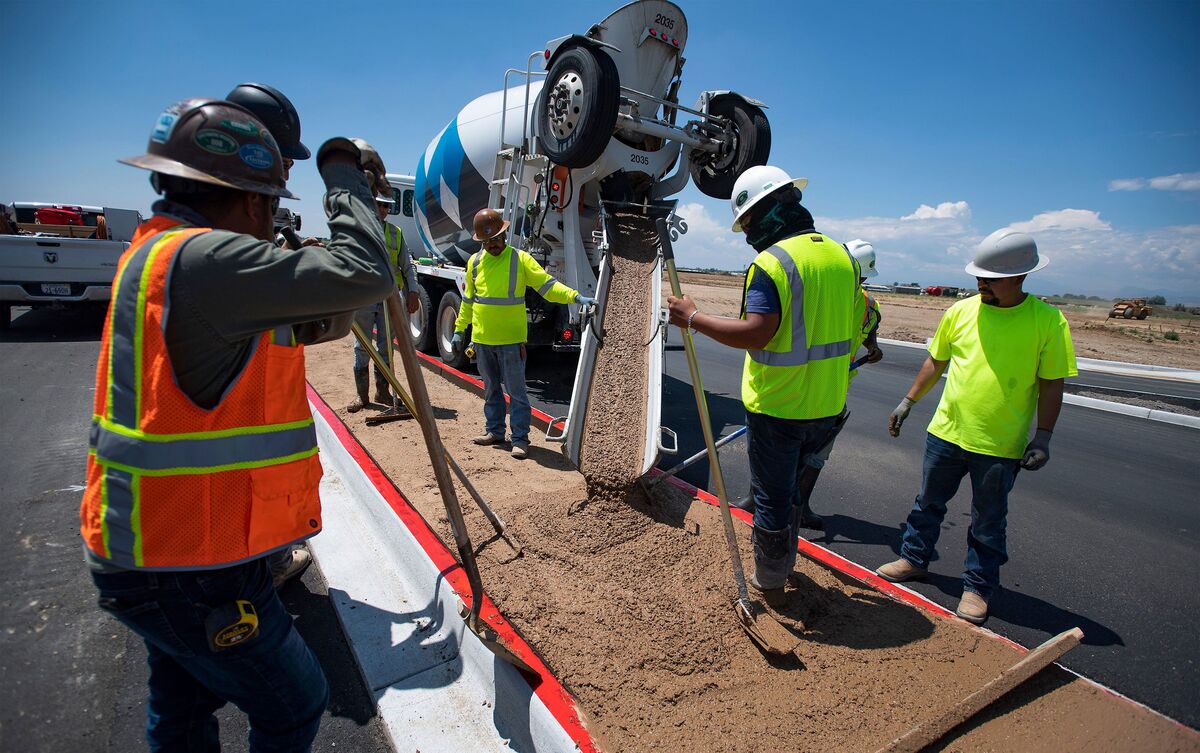
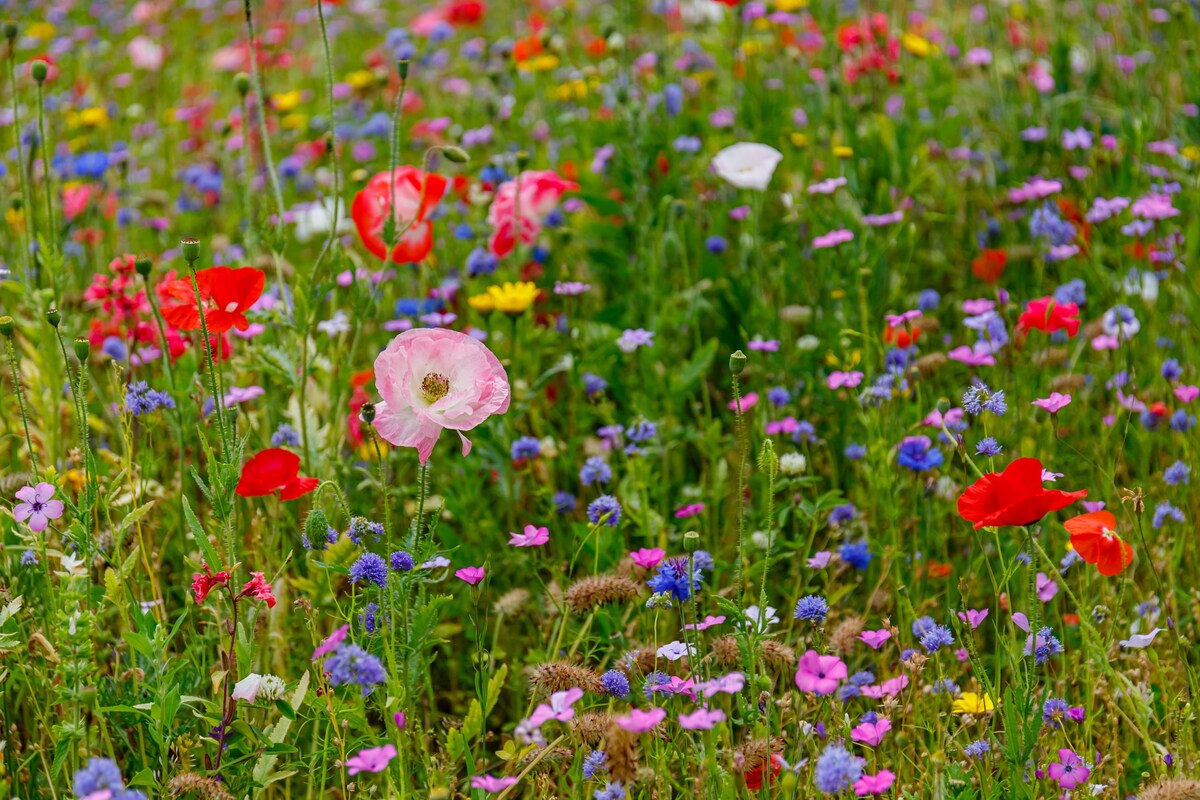
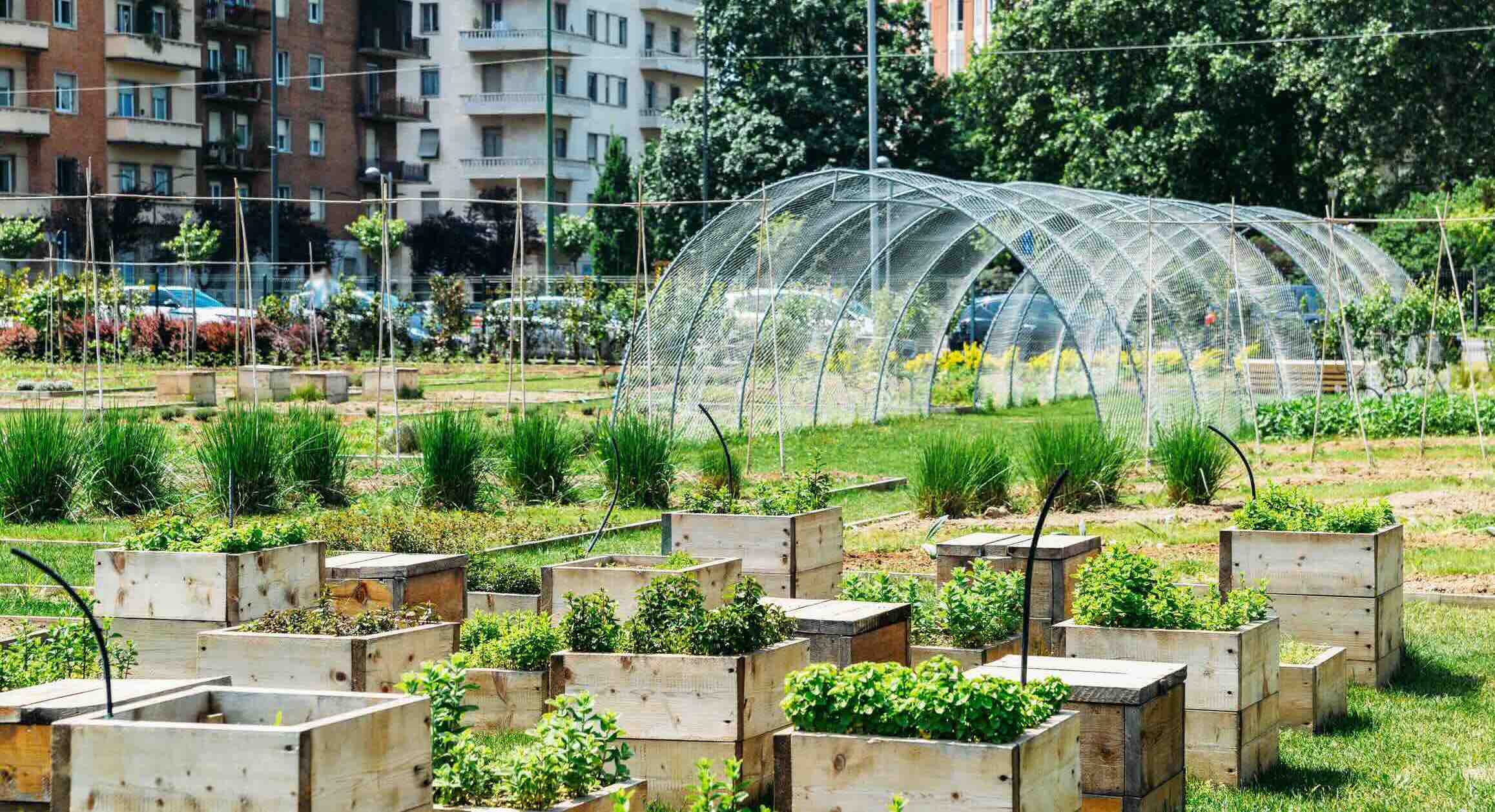
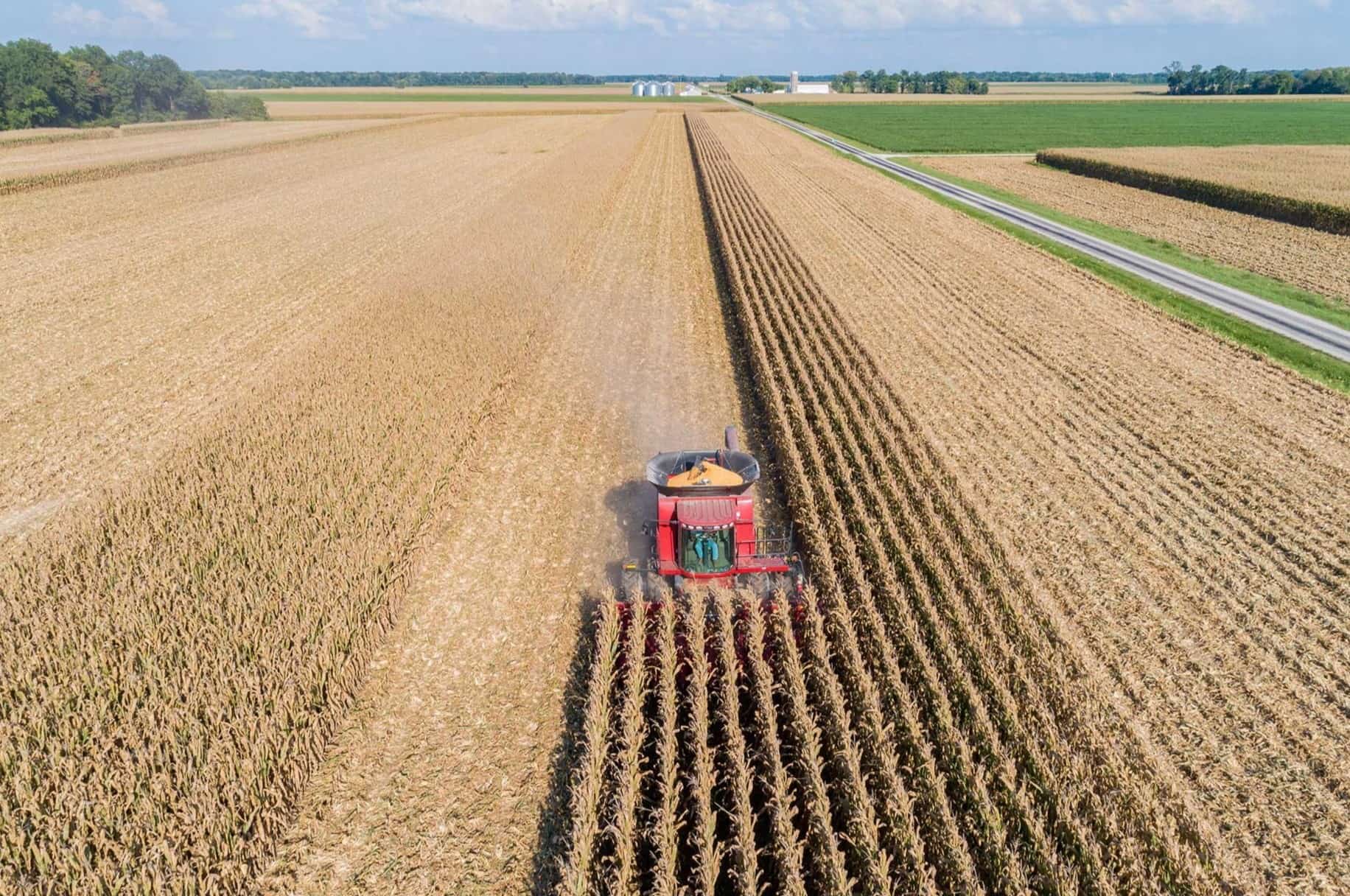

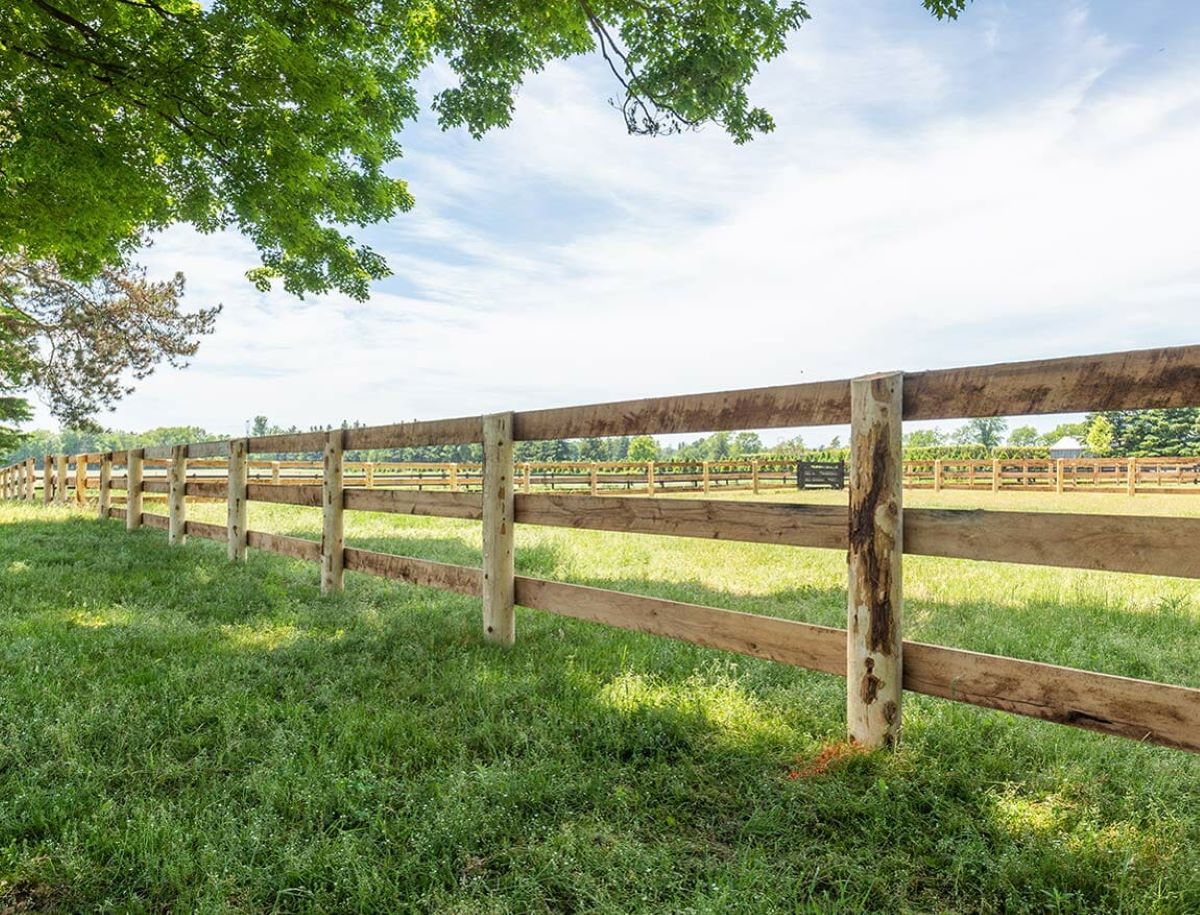
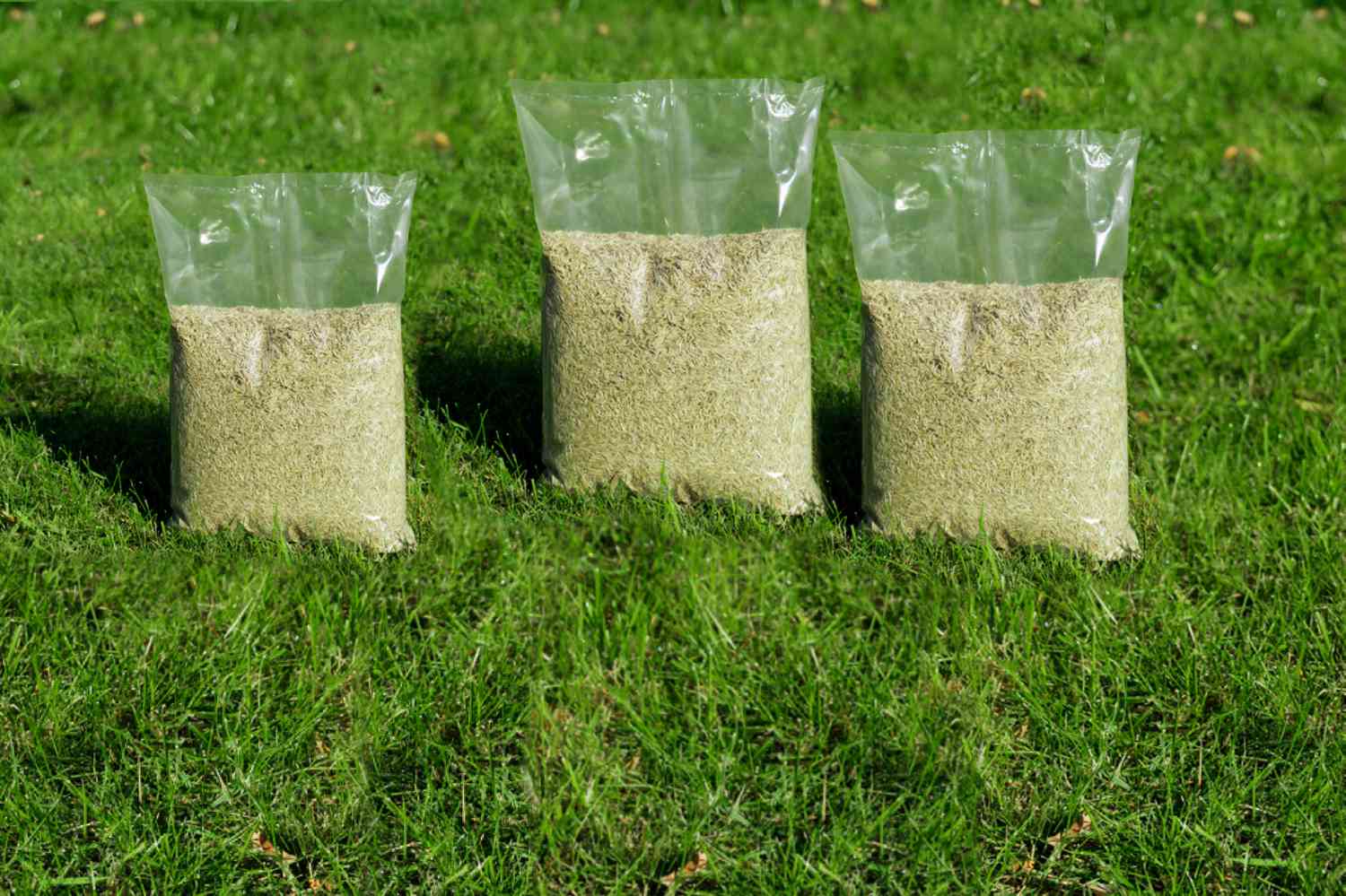
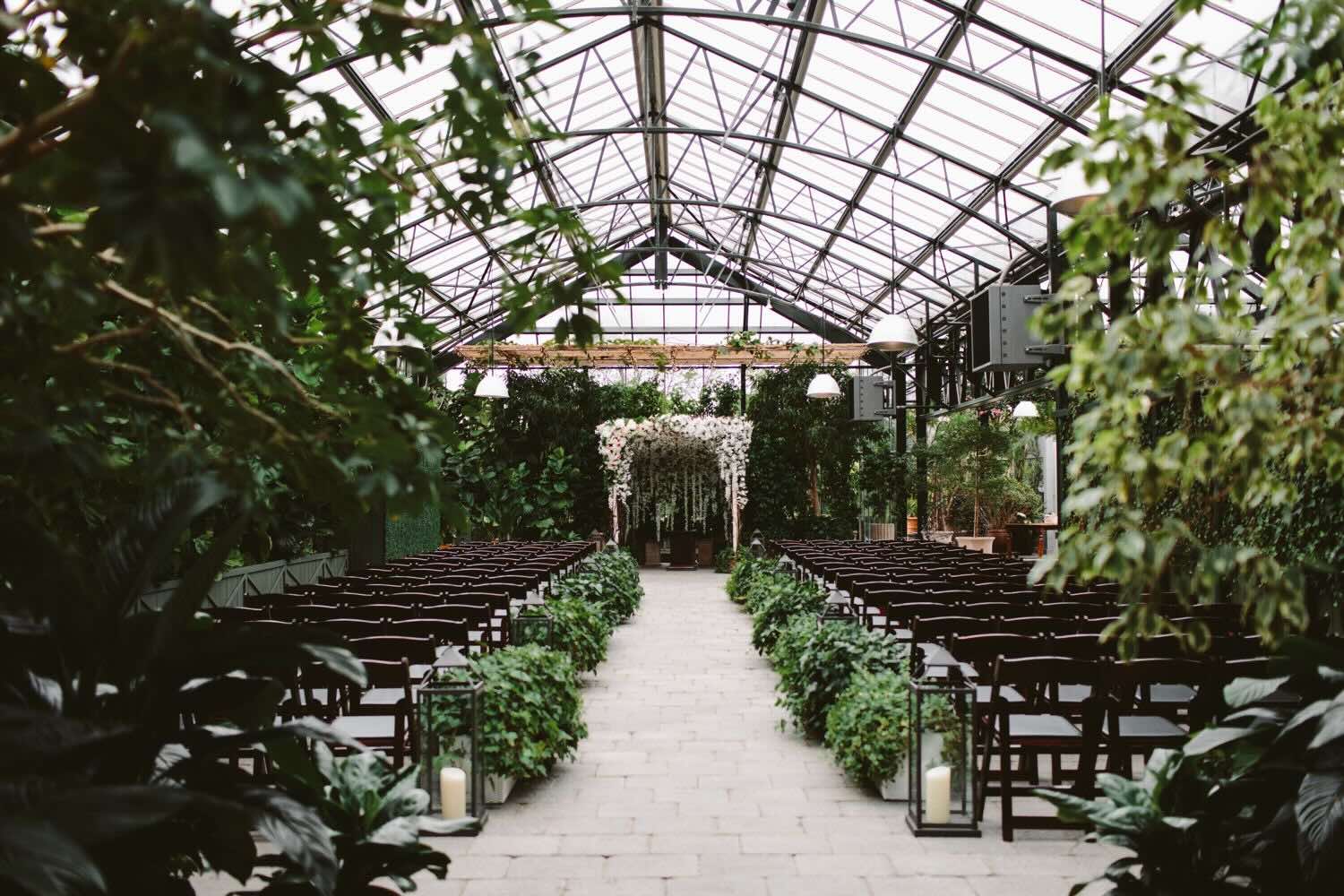
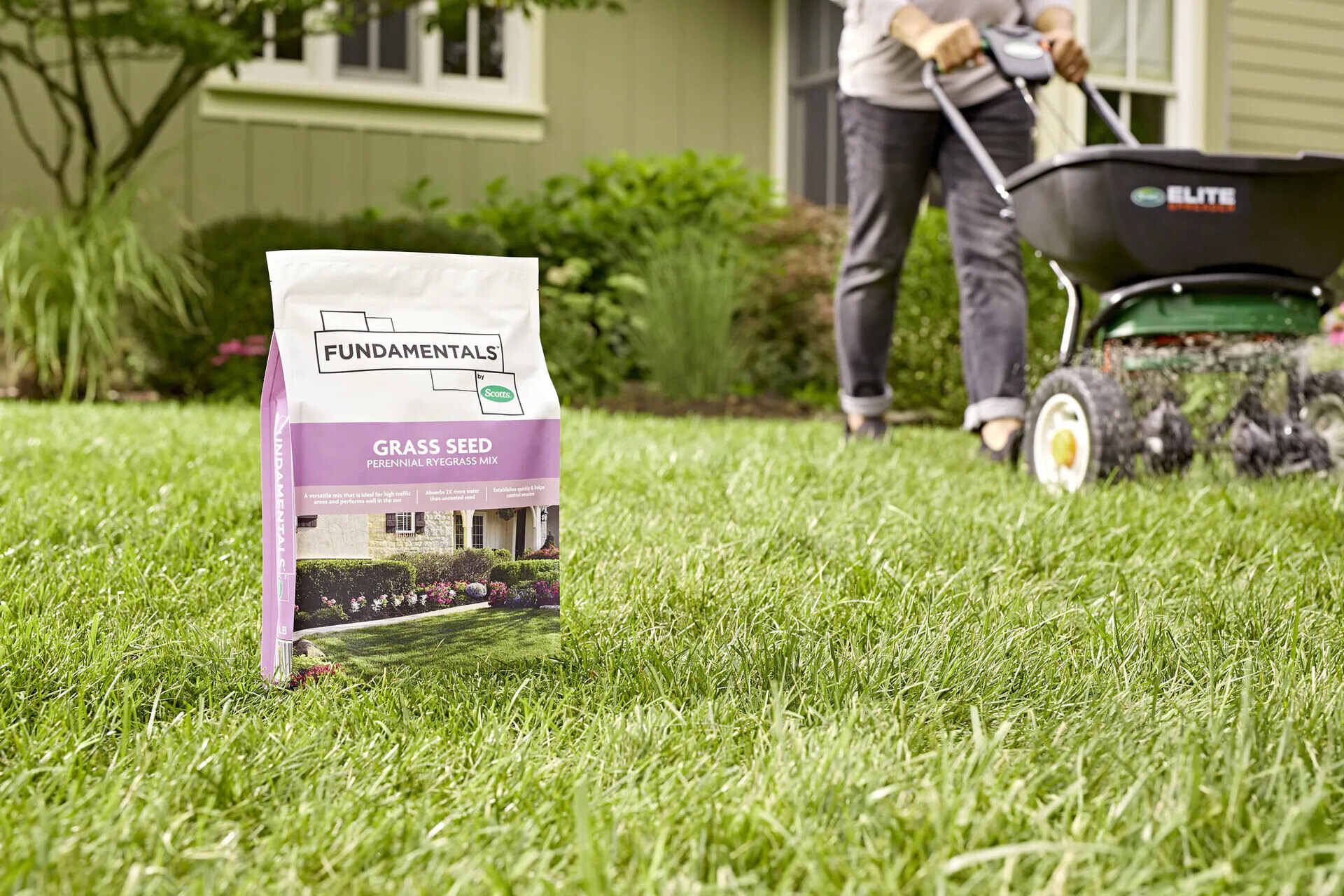


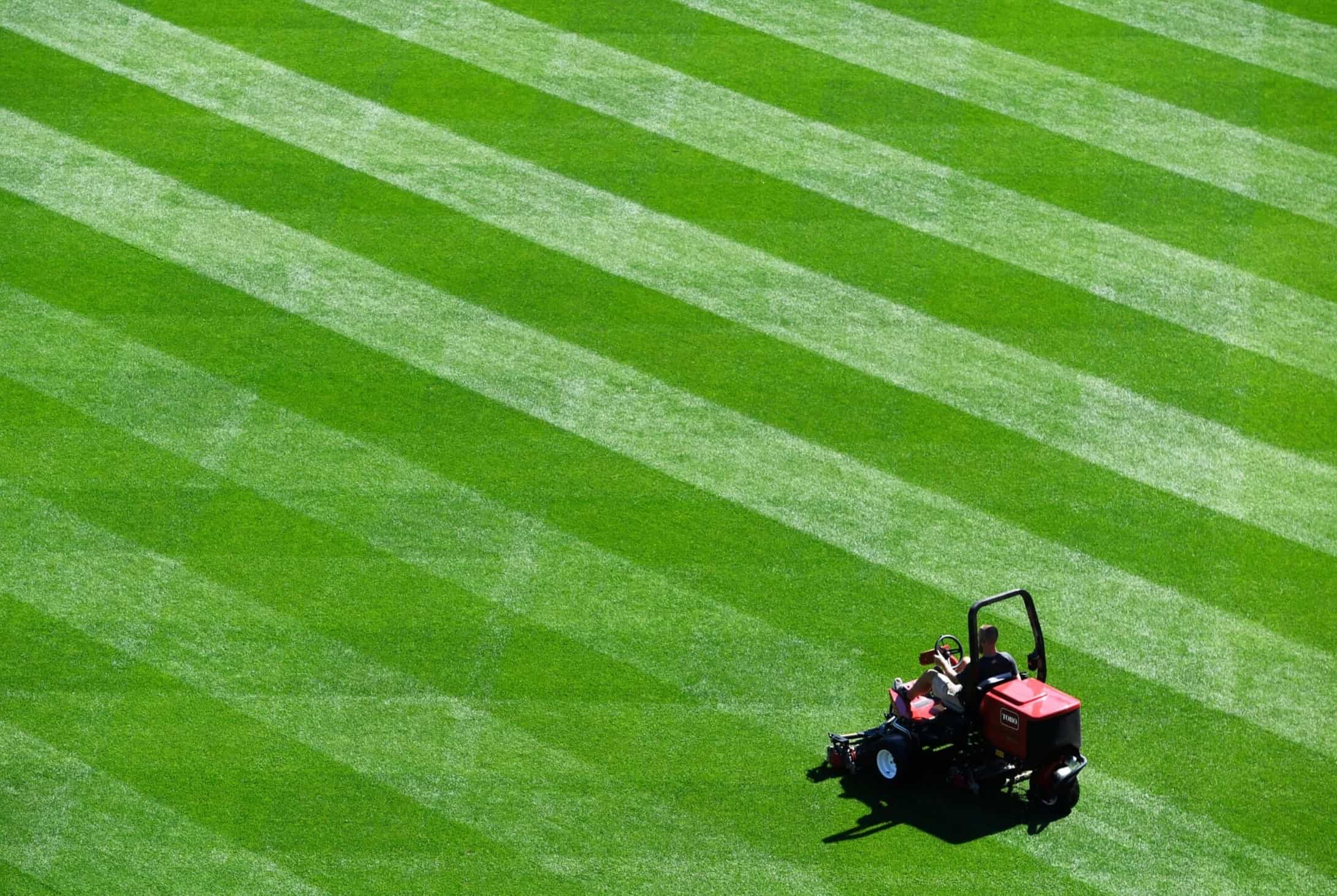
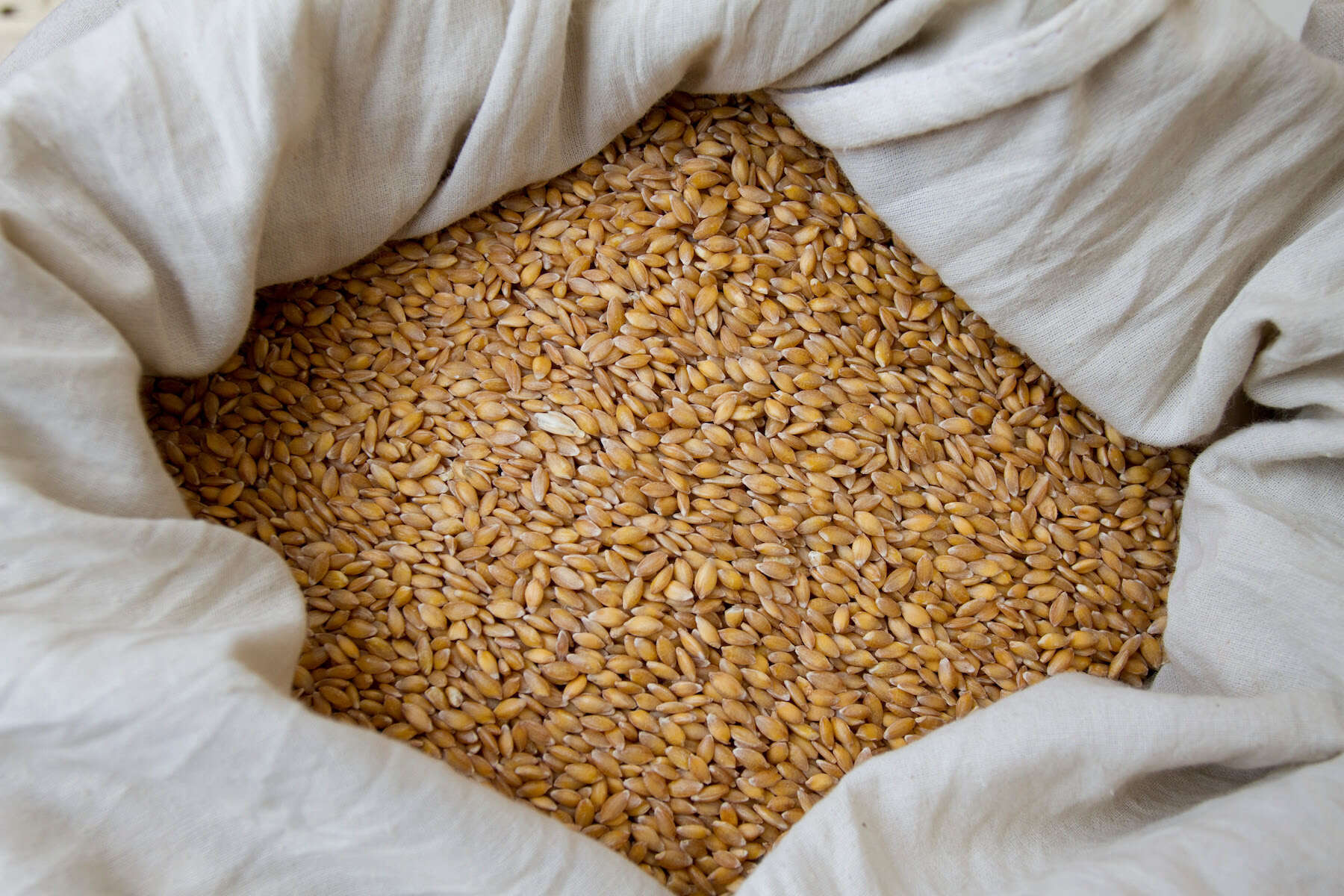
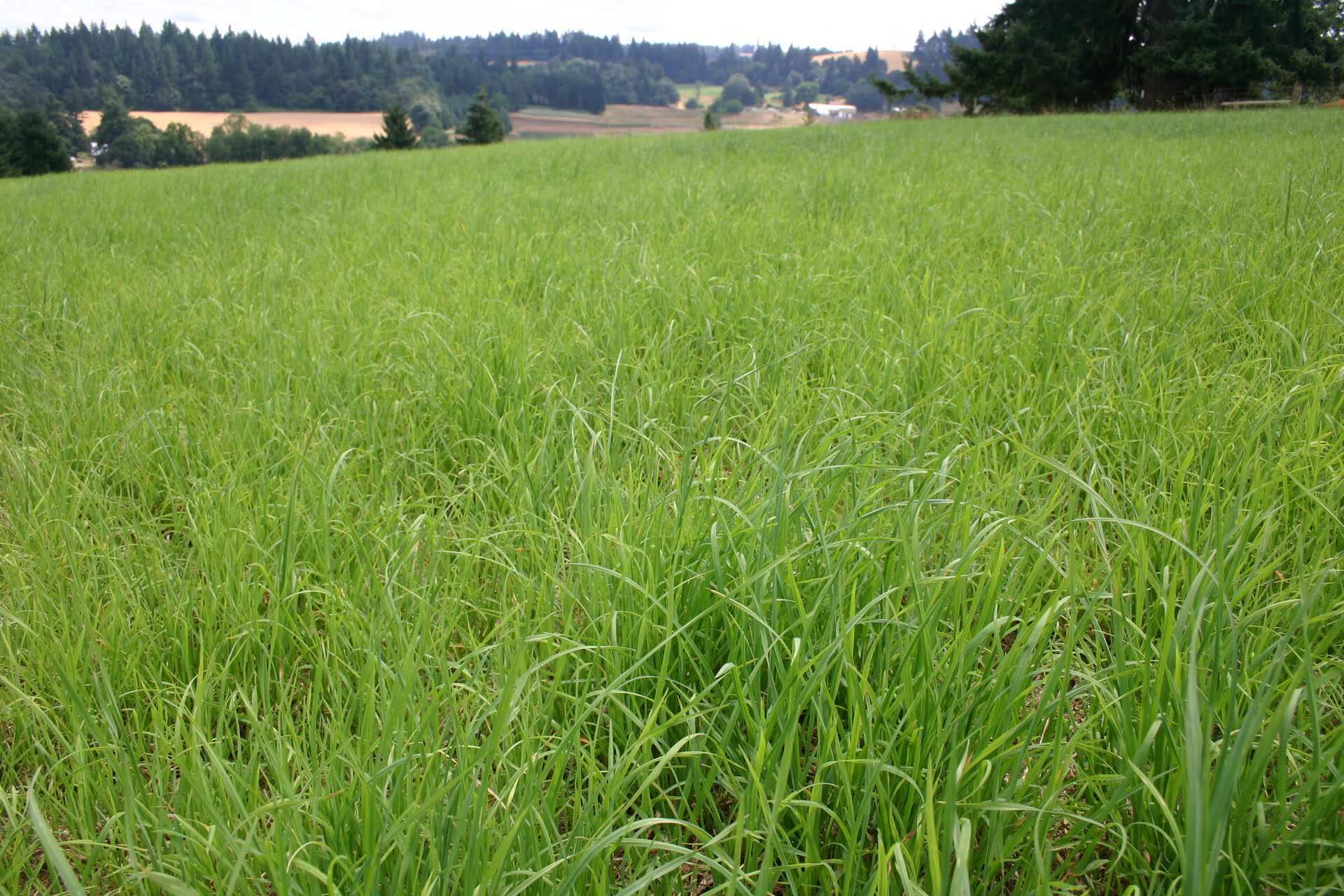

0 thoughts on “How Many Acres Of Public Greenery Are There In The US”